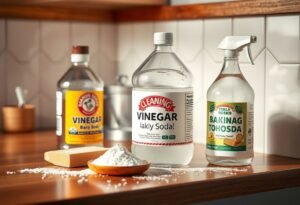Why Choosing the Right Soil for Hydrangeas Matters
Hydrangeas are demanding plants that need specific conditions to grow. The choice of soil is crucial as it affects pH levels, mineral content, and water retention. These plants prefer soils with a slightly acidic pH, which allows them to absorb vitamins and minerals more effectively. Using the right medium will promote healthy growth and abundant blooming.
What pH is Ideal for Hydrangeas?
Hydrangeas enjoy a pH range of 5.5 to 6.5. Soils within this acidity promote healthy plant growth. You can easily check soil pH with simple testing kits available at garden stores. Proper pH is key to the color of hydrangea flowers; low pH (acidic) leads to blue blooms, while higher levels (alkaline) result in pink flowers.
What Soil Works Best for Hydrangeas?
The best soil for hydrangeas is a mix of peat, sand, and compost. This combination provides adequate drainage while being rich in nutrients. Additionally, consider adding mulch to the mix, which helps retain moisture. It’s also a good idea to look for pre-made potting mixes specifically formulated for flowering plants.
How and When to Fertilize Hydrangeas?
When caring for hydrangeas, it’s essential to add appropriate nutrients to the soil. In spring, as plants begin to grow, using fertilizer high in potassium and phosphorus is beneficial. You can continue fertilizing throughout summer, ensuring that your plants bloom brilliantly. Be cautious of high nitrogen fertilizers, as they can encourage excessive leaf growth over flowers.
Can You Make Your Own Soil Mix?
Absolutely! Creating your own soil for hydrangeas is a great way to control its quality and composition. A mix of compost, peat, and sand in equal parts works wonderfully. To enhance drainage, you can also add fine chips or perlite. This self-made mixture will provide your hydrangeas with nutritious elements.
How to Maintain Proper Moisture in the Soil?
Hydrangeas require regular watering, especially during hot summer months. Maintaining the moisture level in the soil is crucial; avoid both drying out the plants and overwatering, which can lead to root rot. Using mulch is an excellent solution that retains soil moisture and protects against sudden temperature changes.
Conclusion
Understanding what soil is best for hydrangeas is key to successfully growing these plants. Choosing the right substrate, monitoring pH, and fertilizing regularly will create perfect conditions for vibrant blooms. Don’t hesitate to experiment with your own soil mixes and ensure optimal moisture levels. Your garden deserves the most beautiful hydrangeas!
Disclaimer
This article is a suggestion and does not replace professional gardening advice.

















